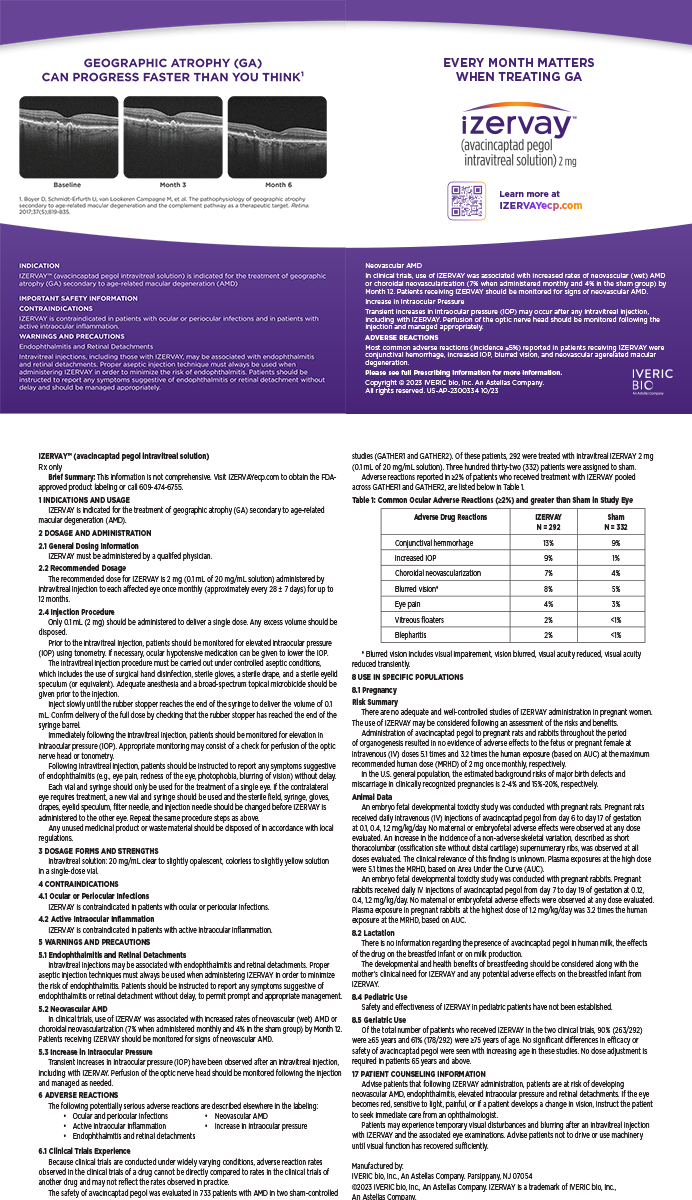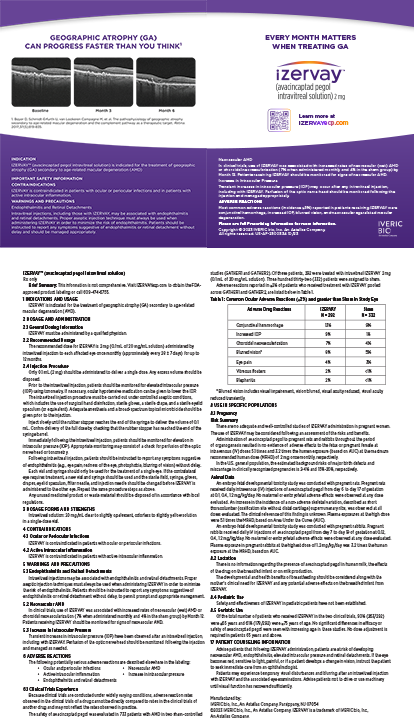From 1993 to 1994, Stephen Slade, MD, of Houston and I served as coinvestigators for Chiron-Technolas into the treatment of nearsightedness and astigmatism. Since that time, I have used several different microkeratomes when performing LASIK. I have worked primarily with the NIDEK-MK-2000 (Nidek, Inc., Fremont, CA) and Amadeus (Advanced Medical Optics, Inc., Santa Ana, CA) microkeratomes during the past 3 years. Both are single-hand devices that do not require on-the-eye assembly, so they benefit both technicians and surgeons. After creating more than 8,000 lamellar flaps with the NIDEK-MK-2000, I am particularly impressed by the microkeratome's reliability.
ERGONOMICS
The NIDEK-MK-2000 is ergonomically suited to surgeons and patients (Figure 1). In addition to normal ocular anatomy, the microkeratome's low-profile suction rings accommodate Asian eyes, patients with prominent brows, and those with tight apertures. None of my patients has required a canthotomy, and I have never been unable to create a lamellar flap in a patient due to his ocular anatomy when using this device. Moreover, the microkeratome's head has a finely polished leading edge that is gentle on the epithelium and minimizes corneal abrasions.
MOTORS AND GEARS
One of the NIDEK-MK-2000's motors oscillates the blade at a fixed rate of 9,000 rpm, and the second advances and retracts the microkeratome head and blade at a fixed rate of 2 mm per second. The unit possesses no external gears or tracks, a design that averts jamming or mechanical obstruction of the microkeratome head during its forward pass.
VACUUM
The best design feature of this unit is its vacuum system, which is extremely reliable and provides superior suction to that of any microkeratome I have ever used. The unit eliminates excessive pressure by using dual suction lines to provide continual corneal vacuum readings. The suction ring features two vacuum ports, one at the 6-o'clock position and the other at the 12-o'clock position; the ports are located where the conjunctival fornix is placed on a mild stretch and adhere more tightly to the globe. I believe that the dual ports and their placement are the reasons I have not had a case of pseudosuction.
The vacuum system's internal alarm accurately monitors vacuum levels by emitting an audible sound until adequate suction is achieved and maintained. When the alarm is active, the surgeon cannot initiate a forward pass. The NIDEK-MK-2000 has received high marks for its safety and reliability from users at its user group meetings.
CUSTOMIZATION
The NIDEK-MK-2000's combination of suction rings and blade heads allows me to comfortably create a customized flap. The suction rings are available in sizes of 8.5, 9.0, and 9.5 mm for the creation of flaps of those diameters. I find the 9.0-mm ring excellent for cases of standard myopia; it consistently creates a large flap that accommodates the entire laser ablation while avoiding contact with the limbal vessels. The 9.5-mm ring is perfect for patients with large corneal diameters, those who have flat K readings, and most hyperopes. I should note that the flap created with this ring is slightly larger in the vertical versus horizontal dimension and, if used without discretion, can cause significant bleeding of the limbal vessels at the 6- and 12-o'clock positions. For that reason, I attempt to match the appropriate suction ring to the corneal diameter.
I prefer to use the 8.5-mm ring in patients who have small corneal diameters (11 mm or less), particularly when they also exhibit steeper Ks. I have found that I must nasally displace this suction ring by at least 1.0 mm (preferably 1.5 mm) in order to place the hinge in the proper position. Otherwise, the ablation will fall on the hinge and be incomplete.
FLAP THICKNESS
This microkeratome uses either a 130- or a 160-µm blade head. I find that both create flaps approximately 20 to 25 µm shallower than the stated depth. Some studies have shown that the same head can produce flaps of variable thickness,1 but I have not encountered this problem with the MK-2000.
Nevertheless, preoperative pachymetry seems to influence flap thickness. As a general rule, eyes with thin preoperative pachymetry readings have flaps that are thinner than expected, and those with thick preoperative pachymetry readings have thicker flaps. The only way in which to determine the characteristics of each individual microkeratome is to use intraoperative pachymetry.
The NIDEK-MK-2000 creates a nasally hinged flap that preserves long posterior ciliary nerve function, something that has been shown to decrease the incidence of post-LASIK dry eye.2,3 Overall, the quality of the flaps created with this device has been excellent; I have encountered none of the thin flaps, buttonholes, or bumps and ridges in the bed that have been issues with other microkeratomes. The quality of the system's blades has also been excellent, and it has been easy to assemble and clean the unit, place the blades, and close the head. As with all microkeratomes, a system of safety checks is required. The head must be closed prior to the test pass, because a loose head screw will result in a flap of inconsistent depth.
CONCLUSIONMy overall experience with the NIDEK-MK-2000 has been positive. Its reliable creation of lamellar flaps of reproducible thickness has merited my investment in this microkeratome. n
Jeffrey C. Whitsett, MD, is in private practice in Houston and specializes in cataract and refractive surgery. He holds no financial interest in any product or company mentioned herein. Dr. Whitsett may be reached at (713) 365-9099; jcw@doctorwhitsett.com.
1. Naripthaphan P, Vongthongsri A. Evaluation of the reliability of the NIDEK MK-2000 microkeratome for laser in situ keratomileusis. J Refract Surg. 2001;17(2 suppl):S255-258.
2. Donnenfeld ED, Solomon K, Perry HD, et al. The effect of hinge position on corneal sensation and dry eye after LASIK. Ophthalmology. 2003;110:1023-1029.
3. Lee KW, Joo CK. Clinical results of laser in situ keratomileusis with superior and nasal hinges. J Cataract Refract Surg. 2003;29:457-461.


